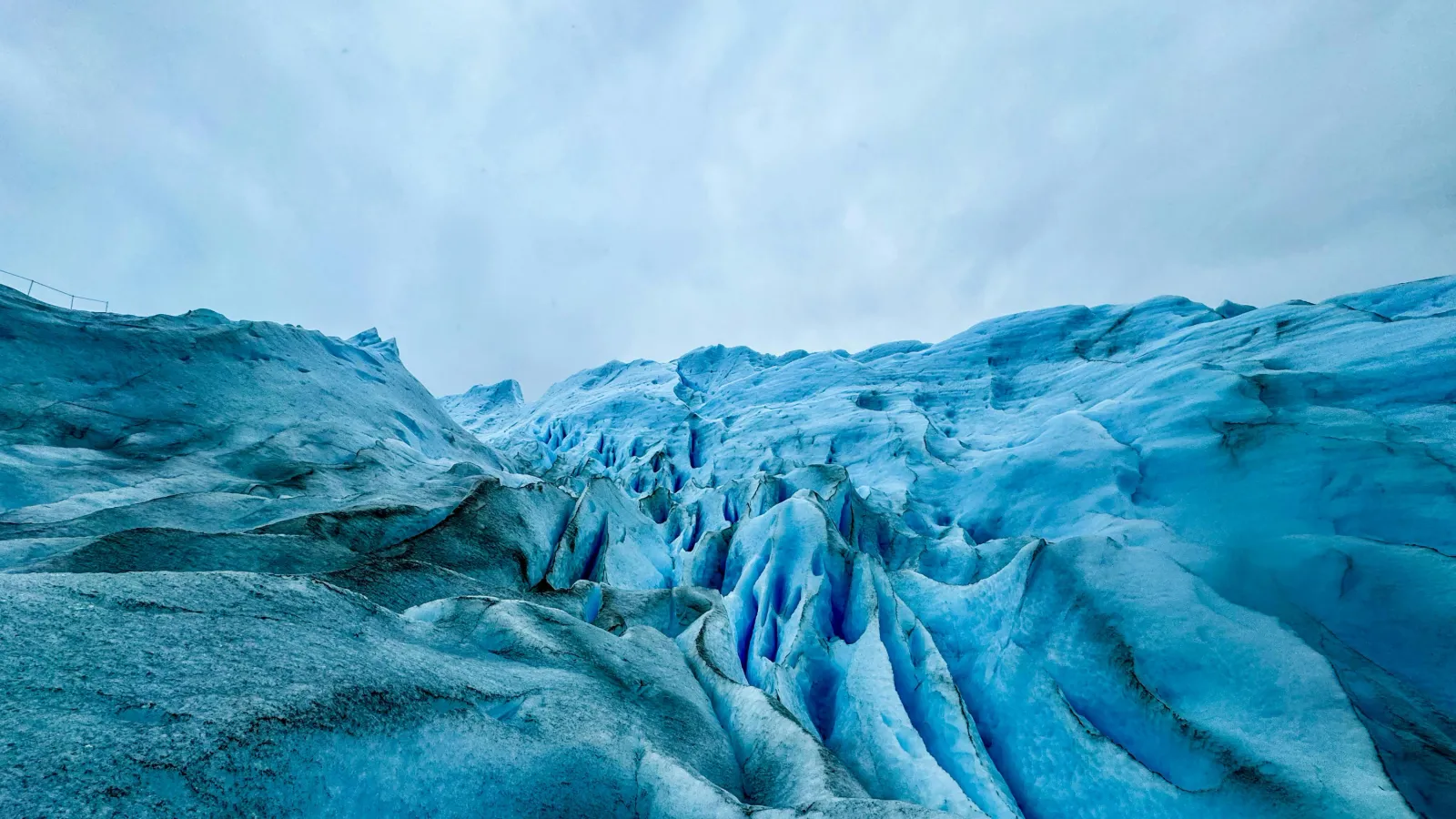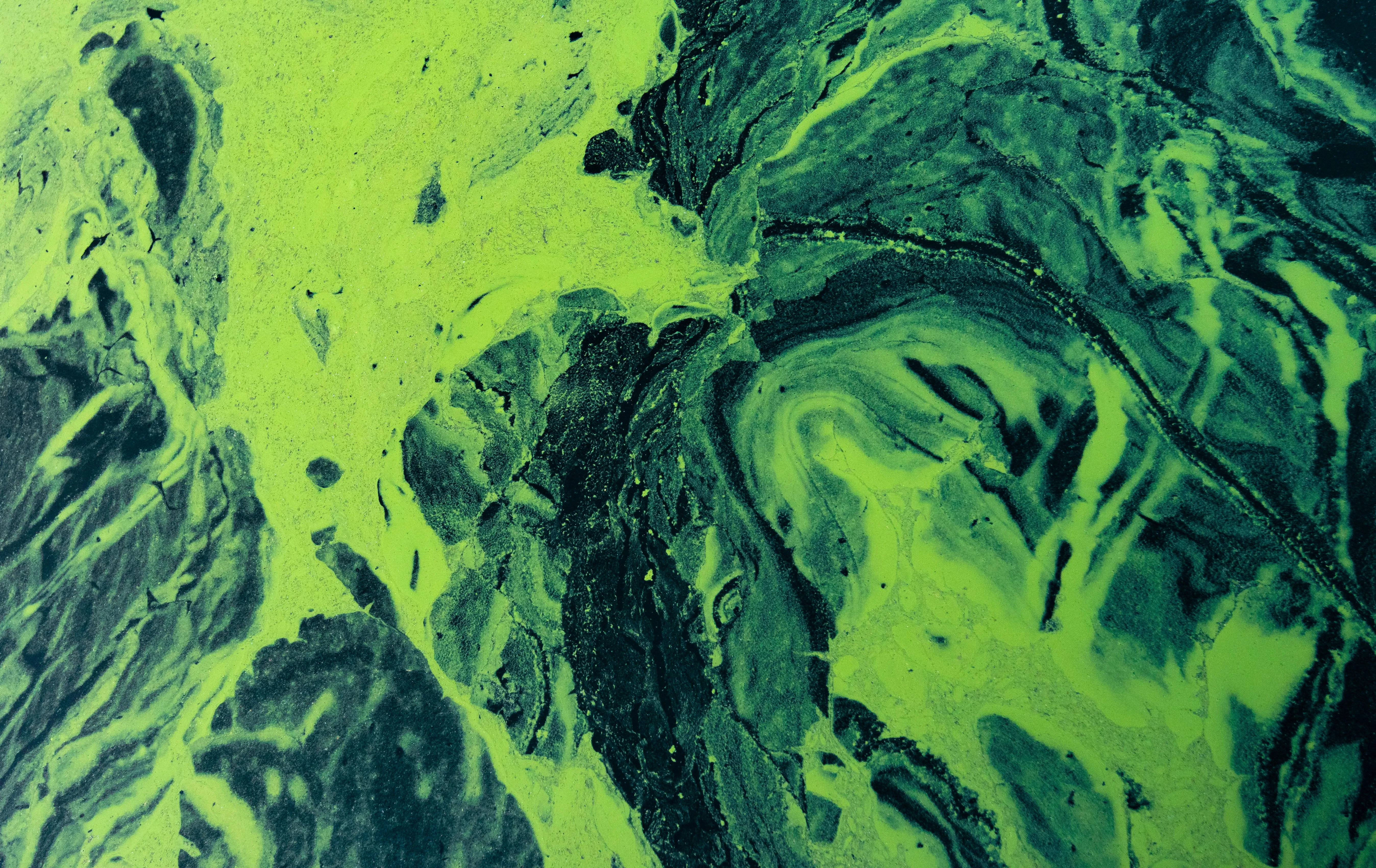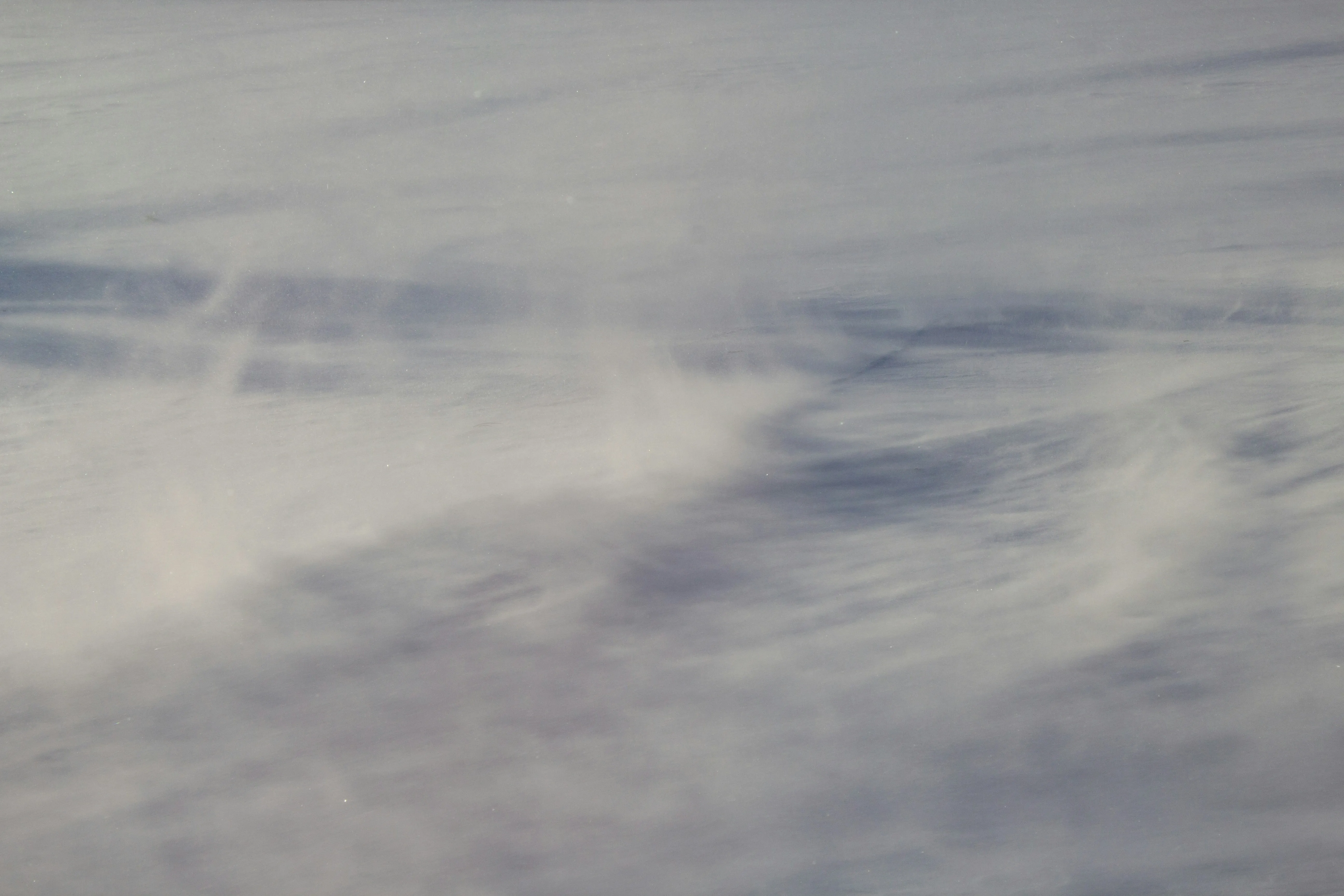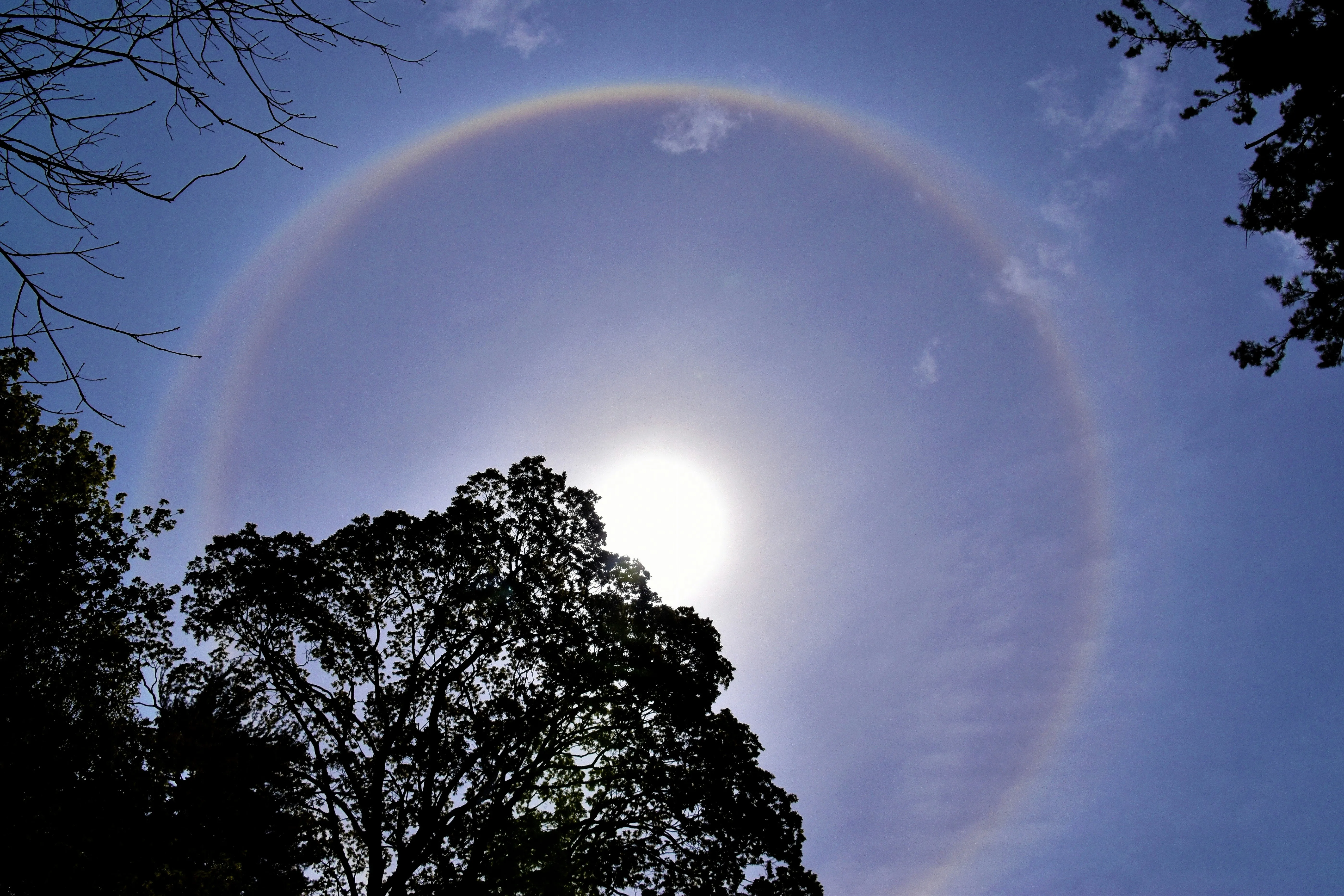Flora, Fauna and Natural Phenomena

Flora, Fauna and Natural Phenomena in the Cryosphere
When recreating cryospheric environments, theres a tendency to fall into the common trap of focusing only on the ice and snow and overlook everything else that nature has to offer. These scenes often feel technically correct but empty, and at this point people usually ask for feedback like “What can I do to make this more realistic?”.
The answer to that question is that our world needs to feel alive, like it is an actual part of an ecosystem, and not just a collection of the same five ice assets slightly rotated. Add environmental storytelling features such as snow-adapted flora, animals that path through there (or what they leave behind), and the unique atmospheric phenomena of the polar regions.

TLDR
To make your cryospheric worlds stand out, focus on three essential details:
- Integrate Flora & Fauna: Don’t forget that ice environments are ecosystems aswell. Use lichens for surface breakup, mosses for ground cover and algae to introduce interesting color and variations.
- Incorporate Atmospheric Phenomena: Add another layer of realism with optical effects like halos, sundogs, auroras and different types of fog.
- Imply Life: You don’t have to model and rig complex creatures, but adding details like animal tracks and droppings, nests, grazed vegetation etc. will help a lot with environmental storytelling.
Flora
Adding plants is crucial for color variation, texture, and ecological storytelling to an otherwise harsh landscape. Use them to break up uniformity and make your world feel alive.
Lichens
Use them to break up rock surfaces and give them a feeling of age. The color contrast is the main thing to remember: use bright oranges and yellows where the sun is strong, and more muted greys and greens for shaded areas. Don’t place them randomly. They grow where there are nutrients, for example, add them in patches on a cliff where birds would sit.

Mosses
Moss is perfect for adding a soft texture to contrast with hard rocks. The secret to a good moss material is depicting its moisture changes through a roughness map. Moss grows in dense mats or cushions, so you mainly want to place them in damp, shaded areas like at the base of rocks or in ground depressions where water would collect.

Algae and Cryoconite
Algae comes in various forms and colors. The most famous is “Watermelon Snow”, which creates large, irregular patches of pink or red. This color comes from a pigment that the algae creates to protect itself from the sun’s UV radiation. But other types of algae can create stains of green or even brown, especially in areas with meltwater.

Cryoconite is even more interesting for adding detail to glaciers. It is basically windblown dust that collects on the ice. This dust is made of soot from forest fires, pollution, and organic things like pollen and microbes. Because this dust is dark, it has a lower albedo which means that it absorbs more sunlight than the white ice around it. This heat melts the ice directly underneath the dust, creating a hole.
This creates a cycle: the hole collects more meltwater and traps more dark dust which makes the hole melt even deeper. These microbial patches consist of algae, bacteria, and fungi. They form selfcontained ecosystems that subtly affect the melting patterns of the ice. Over time this process can create everything from small, dark and water-filled pits to long channels or deep tubes that go far down into the glacier
Flora Asset List
Arctic Flora - Northern Hemisphere
Covers parts of North America, Europe, and Asia.
| Lichens | Mosses | Plants |
|---|---|---|
| Elegant Sunburst Lichen | Sphagnum (Peat Moss) | Dwarf Birch |
| Reindeer Lichen | Fork Moss | Arctic Willow |
| Old Man’s Beard | Common Haircap Moss | Lingonberry (Cowberry) |
| Wolf Lichen | Woolly Fringe-moss | Cotton Grass |
| Mountain Avens | ||
| Various Snow Algae |
Antarctic Flora - Southern Hemisphere
The vast majority of the continent is ice. Plant life is rare and found only in the most sheltered coastal areas, primarily on the Antarctic Peninsula.
| Flowering Plants | Other Flora |
|---|---|
| Antarctic Hair Grass | Various species of Mosses |
| Antarctic Pearlwort | Various species of Lichens |
| Snow Algae (causes “watermelon snow”) |
Fauna of the Cryosphere
Flora adds texture and color, but fauna is what provides a more noticeable story for an environment. You don’t always need to model the animal itself, sometimes the signs they leave behind are more equally as powerful for storytelling. For example, polar bear tracks in the snow tell a story. Patches of grazed-down vegetation show that a musk ox herd was here. Even the bright lichen on a cliff can be explained by a bird colony above. The viewer might not notice these small things directly, but subconsciously, this is what makes the whole scene feel correct and “photorealistic”.

Fauna Asset List
Arctic Fauna - Northern Hemisphere
Covers parts of North America, Europe, and Asia.
| Mammals | Birds | Marine Life |
|---|---|---|
| Polar Bear | Snowy Owl | Walrus |
| Arctic Fox | Ptarmigan | Narwhal |
| Musk Ox | Puffin (seabird) | Beluga Whale |
| Caribou / Reindeer | Arctic Tern (seabird) | Ringed & Bearded Seal |
| Arctic Wolf | Gyrfalcon | Orca |
| Wolverine | Bald Eagle | Humpback & Minke Whale |
Antarctic Fauna - Southern Hemisphere
It is far colder and harsher with no native land mammals. While seals come out on land to rest and breed they count towards marine mammals.
| Birds | Marine Mammals |
|---|---|
| Penguins | Leopard Seal |
| Skua (large seabird) | Weddell & Crabeater Seal |
| Albatross | Orca |
| Snow Petrel (bird) | Humpback & Minke Whale |
| Antarctic Midge |
Atmospheric & Optical Phenomena
In the cryosphere, the extreme cold changes how light works in the atmosphere. This creates special effects that can make a scene look much more interesting and realistic.
Fog Types
There actually is not just one type of fog. Each one looks different and tells a different story about the conditions.
1. Diamond Dust It is made of tiny ice crystals floating in the air. It does not block your view, but instead you see thousands of small, sparkling points of light, like glitter. It happens when it is very cold (below -20°C) and the sky is clear. For the best effect, you need a strong backlight from the sun or moon.

2. Ice Fog This is the very dense fog that blocks everything. Since it is made of ice crystals, it looks very bright and milky-white, not grey like normal fog. It completely removes the contrast and saturation of distant objects, creating a total whiteout. You see this in the coldest regions (below -30°C), especially in valleys or near open water in the arctic.

3. Arctic Steam Fog This effect looks like a glacier or the sea is “smoking”. It is not caused by wind. It happens when a layer of warmer, moist air passes over the super cold surface of ice or water. The moisture instantly condenses and freezes into a thick mist. During a sunrise or sunset, this creates a surreal, glowing orange or pink “smoke”.

4. Blowing Snow (from Katabatic Winds) This effect is caused by strong wind, not condensation. On large ice sheets, cold and dense air is pulled down the slopes by gravity, creating powerful winds called “Katabatic winds”. These winds are strong enough to pick up loose snow from the ground and with that creating a thick, fog-like layer that moves sideways. It is important to know this is not real fog, it is just moving snow. Use it when you want to show that the conditions are extremely windy and harsh. It is perfect for a blizzard or a stormy scene.

Optical Effects in the Sky
These are light effects caused by ice crystals high in the atmosphere.
Halos, Sundogs & Sun Pillars A 22° Halo is a nearly perfect ring of light around the sun or moon. Sundogs are bright, rainbow-colored spots on the left and right of the sun. A Sun Pillar is a vertical column of light that goes up from the sun, usually when it is low on the horizon. All of these effects happen when there are high-altitude ice clouds or during a Diamond Dust event.

Many people do this in comp, but for the best realism, a volumetric approach is more accurate. You could also use an image texture of either effect in front of a perfectly black background, and then use it on a card with alpha masking in your 3D scene.
Aurora (Northern/Southern Lights) Aurora are mainly green, but you can also see red or purple. The important part is that it is not static but slowly moving and they look shimmering. The bright green auroras are caused by collisions with oxygen at lower altitudes (100-300 km), while the rarer red ones occur at much higher altitudes (above 300 km)

Moonbow A Moonbow is just a rainbow made by moonlight, not sunlight, and is very rare. Because the moonlight is weak, the colors are very faint and desaturated, almost white. It can happen with a full moon when there are still ice crystals in the air. It is a good detail to add for a scene that needs to feel a little bit magical.
Building a Cohesive Ecosystem
Finally, remember that none of these elements exist in isolation. The key to a truly believable world is showing the connections between them. Think about how these forces interact to create a cohesive story. This is the key to the question of “How to make this scene feel photorealistic?” that so many people have.
- Atmosphere Affects Flora: The powerful katabatic winds that cause that snow blows up might lead to exposed rock faces, meaning lichens and mosses might only survive in sheltered crevices.
- Fauna Affects Flora: A large seal colony doesn’t just add life to a scene through their own existence. Their waste products enrich the soil which will create nutrient hotspots that allow dense patches of antarctic aair grass to grow where they otherwise couldn’t.
By thinking about these cause-and-effect relationships, you move from simply placing assets into a generic “assetflip” environment into designing a living and interconnected ecosystem.